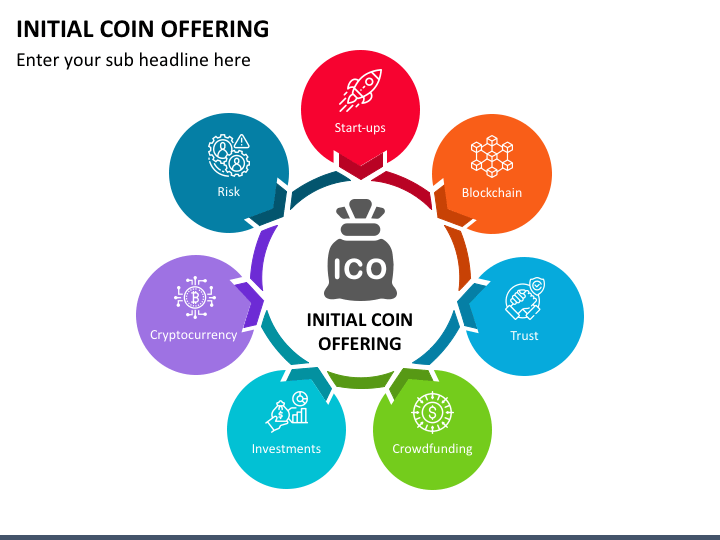Unlocking Coding Efficiency with Refactoring Tips
Understanding the Essence of Refactoring
In the realm of software development, refactoring serves as a crucial process for enhancing code quality and maintainability. It involves restructuring existing code without altering its external behavior, aiming to improve readability, scalability, and performance. Understanding the essence of refactoring is essential for developers seeking to optimize their codebase and streamline their development workflow.
The Importance of Refactoring in Software Development
Refactoring plays a vital role in the software development lifecycle, offering numerous benefits to developers and organizations alike. By continuously refining and optimizing code through refactoring, developers can reduce technical debt, minimize bugs and errors, and enhance overall software quality. Additionally, refactoring promotes code reuse, making it easier to maintain and extend applications over time.
Key Principles of Effective Refactoring
Effective refactoring requires adherence to certain principles and best practices to ensure its success. One fundamental principle is the “boy scout rule,” which advocates leaving the codebase cleaner than you found it with each change. Other key principles include simplicity, clarity, and modularity, which contribute to code that is easier to understand, modify, and maintain.
Identifying Refactoring Opportunities
Identifying refactoring opportunities is an essential skill for developers looking to improve their codebase. Common indicators of potential refactoring include code duplication, long methods or classes, and complex conditional logic. By conducting regular code reviews and refactoring sessions, developers can proactively identify areas for improvement and take action to refactor them.
Refactoring Techniques and Strategies
There are various techniques and strategies that developers can employ when refactoring code. Extract Method, Extract Class, and Inline Method are examples of refactoring techniques that help break down complex code into smaller, more manageable units. Additionally, developers can use techniques like Rename Symbol and Extract Variable to improve code readability and maintainability.
Refactoring in Practice: Real-World Examples
To illustrate the practical application of refactoring, let’s consider a real-world example. Suppose you have a method that performs multiple tasks within a single function. By applying the Extract Method refactoring technique, you can extract each task into separate methods, making the code more modular and easier to understand. This not only improves readability but also facilitates code reuse and maintenance.
Measuring the Impact of Refactoring
Measuring the impact of refactoring is essential for evaluating its effectiveness and determining its ROI. Metrics such as code complexity, test coverage, and defect density can provide valuable insights into the success of refactoring efforts. Additionally, monitoring factors like developer productivity and code review feedback can help gauge the overall impact of refactoring on the development process.
Challenges and Considerations
Despite its many benefits, refactoring is not without its challenges. One common challenge is balancing refactoring with feature development, as dedicating too much time to refactoring can slow down progress on new features. Additionally, refactoring legacy code can be particularly challenging, as it may lack proper documentation or have dependencies that are difficult to untangle.
Continuous Improvement through Refactoring
In conclusion, refactoring serves as a cornerstone of modern software development, enabling developers to continuously improve code quality and maintainability. By understanding the principles of effective refactoring, identifying opportunities for improvement, and employing appropriate techniques and strategies, developers can streamline their development workflow and create code that is robust, scalable, and easy to maintain. Read more about refactoring tips























